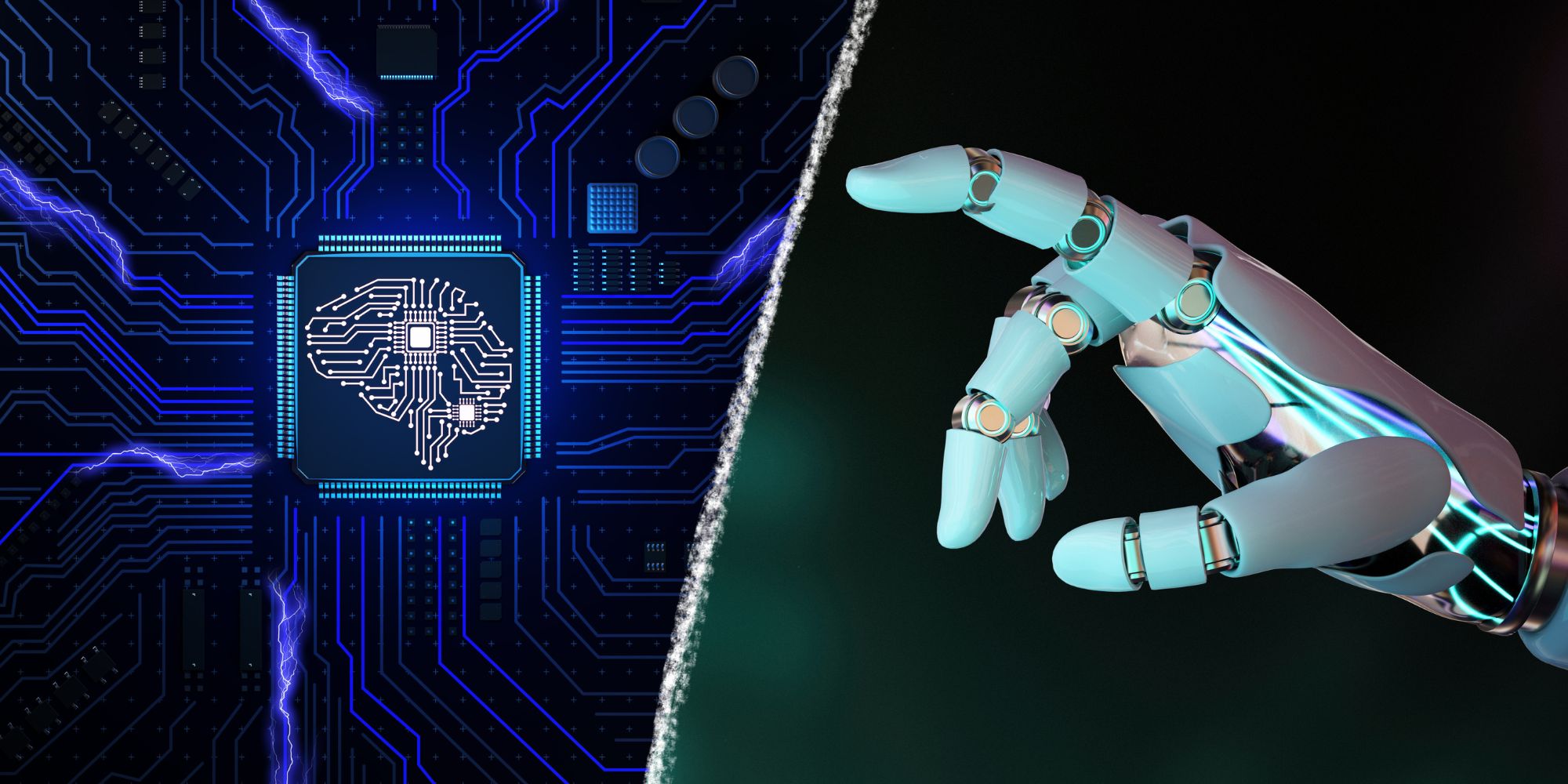Different Types of AI
Artificial Intelligence (AI) has become a crucial component of modern technology, transforming a wide range of industries from healthcare to entertainment. As AI continues to evolve, it has been classified into various types, each with distinct characteristics, capabilities, and applications.
Among these categories, three important types of AI stand out: Traditional, Agentic, and Generative AI. Each represents a unique approach to how machines simulate human intelligence to perform tasks. In this article, we will define and explore the distinctions and overlaps between these categories of AI.

Traditional AI: A Foundation of Problem-Solving Systems
Traditional AI, often referred to as “narrow AI”, is the earliest form of artificial intelligence, and you’re probably more familiar with it than you realize. Traditional AI systems are designed to perform very specific tasks using pre-programmed rules, decision trees, or machine learning models and they require extensive human input for training.
Essentially, traditional AI focuses on “rule-based reasoning” and “task-specific solutions”. These systems are deterministic- providing predictable outputs based on their inputs.
Traditional AI systems are not capable of generalizing across different tasks or solving problems outside of their defined scope. Some common examples include chess-playing programs, spam filters, and recommendation engines.
For example, traditional Discriminative AI focuses on distinguishing or classifying data and is designed to discriminate between different categories of input. For example, a discriminative AI model might be used for tasks like image classification (e.g., recognizing whether an image is of a dog or a cat) or identifying spam emails. It simply makes predictions or decisions about which category the input belongs to, without creating new content.
While traditional AI can automate repetitive tasks and provide valuable insights from structured data, it cannot adapt to situations outside its original programming or training data. This means that it lacks contextual understanding, autonomy, and creativity. It does not simulate reasoning or understanding in a human-like manner.
Generative AI: Creating New Content from Patterns
Generative AI represents a more advanced form of artificial intelligence that aims to create new data or content by learning patterns from existing datasets. Unlike traditional AI, which is rule-based and focused on specific tasks, generative AI goes a step further by using models to generate novel outputs that resemble real-world data.
Generative AI uses deep learning models, particularly Generative Adversarial Networks (GANs) and Transformer models, to produce new content.
For example, GPT (Generative Pre-trained Transformer), the architecture behind ChatGPT, is based on generative AI principles. It can generate text, translate languages, compose music, or even create images.
The core idea behind generative AI is that it can create or "imagine" new possibilities that did not exist before, as long as it has sufficient training data to understand the underlying patterns.
Key features of generative AI include:
- Creativity and Innovation: Generative AI systems can create entirely new data that mimics the structure and style of their training data.
- Context Awareness: While it lacks true understanding, generative AI can exhibit impressive contextual awareness, such as generating coherent responses in a conversation or creating realistic images based on textual descriptions.
- Flexibility: Generative AI is capable of performing a wide variety of tasks beyond predefined rules, making it highly versatile across different domains.
However, generative AI models, especially those like GPT, do not have the ability to understand or reason in the same way humans do. They are based purely on statistical probabilities and patterns in the data they were trained on, meaning they can produce inaccurate or biased outputs if not carefully monitored.
Agentic AI: AI with Agency and Autonomy
Agentic AI represents a more advanced and autonomous form of artificial intelligence that combines decision-making with the ability to take action within a given environment. The key characteristic of agentic AI is that it has the ability to act independently and interact with its environment to achieve goals. In other words, agentic AI has a high degree of autonomy and is capable of self-directed behavior.
Agentic AI is typically used in environments where systems need to sense their surroundings, make decisions, and take actions based on those decisions. It is often applied in fields such as robotics, autonomous vehicles, and personal assistants. The autonomy of agentic AI allows it to function without continuous human intervention once it has been trained.
Key Features of Agentic AI include:
- Autonomy: It can operate without constant oversight or input from humans.
- Self-Improvement: Some agentic AI systems are designed to learn from their environment, improving their performance over time.
- Goal-Oriented Behavior: Agentic AI is often goal-directed, taking steps to achieve specific objectives, such as navigating a complex environment or making decisions based on real-time data.
Despite these advantages, agentic AI faces significant challenges, including the need for robust safety protocols to prevent unintended behaviors, ethical considerations regarding autonomous actions, and technical hurdles in achieving true general intelligence.
Comparing and Contrasting the Three Types of AI
Artificial Intelligence is developed to solve problems in specific domains. Whether the problem is related to classification, generation of new content, or decision-making in complex environments, AI systems are designed to use algorithms to find solutions.
All three types of AI (traditional, generative, and agentic) rely on the core idea of machine learning to process data and to improve over time, either through supervised learning, unsupervised learning, or reinforcement learning.
The most striking difference between these categories lies in their degree of autonomy and ability to create and to take action.
While traditional AI is confined to pre-determined tasks, generative AI has the capacity to produce new content based on learned patterns, and agentic AI goes a step further by acting autonomously to pursue specific goals in a dynamic environment.
Conclusion
As AI continues to evolve and as humans learn how to boost efficiency through its use, these automated processes will shape the varied industries in our modern economy. Understanding, selecting, and implementing the best AI for you is key for success.
